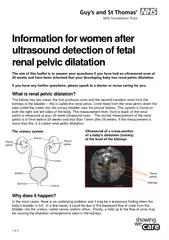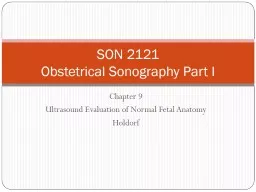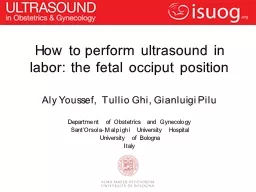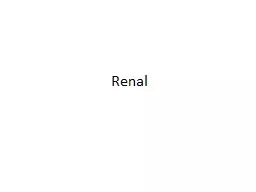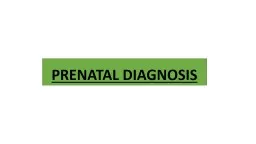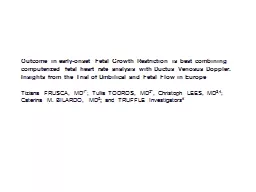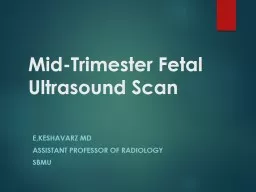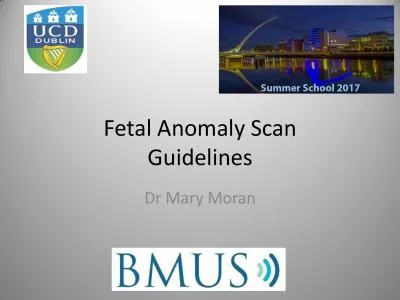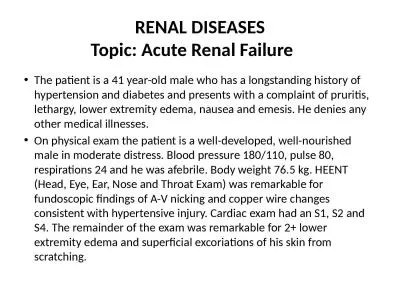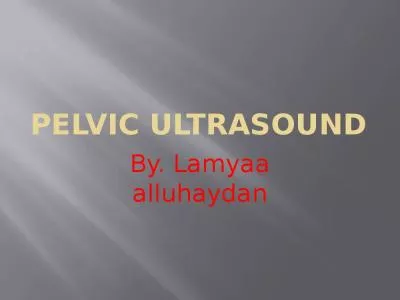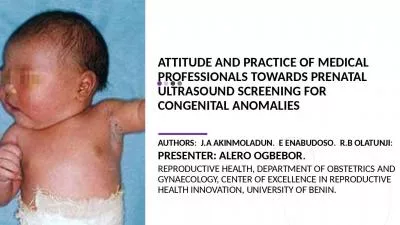PDF-Information for women after ultrasound detection of fetal renal pelvic dilatation
Author : marina-yarberry | Published Date : 2017-08-15
If you have any further questions please speak to a doctor or nurse caring for you What is renal pelvic dila ta tion The kidney has two areas the first produces
Presentation Embed Code
Download Presentation
Download Presentation The PPT/PDF document "Information for women after ultrasound d..." is the property of its rightful owner. Permission is granted to download and print the materials on this website for personal, non-commercial use only, and to display it on your personal computer provided you do not modify the materials and that you retain all copyright notices contained in the materials. By downloading content from our website, you accept the terms of this agreement.
Information for women after ultrasound detection of fetal renal pelvic dilatation: Transcript
Download Rules Of Document
"Information for women after ultrasound detection of fetal renal pelvic dilatation"The content belongs to its owner. You may download and print it for personal use, without modification, and keep all copyright notices. By downloading, you agree to these terms.
Related Documents

